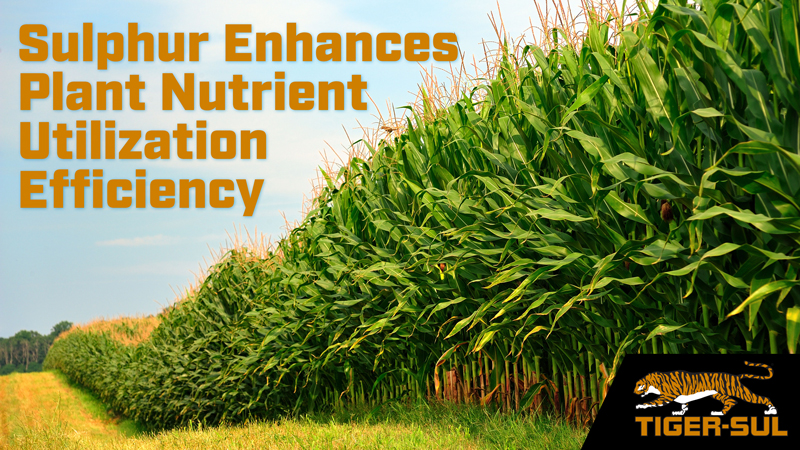Global Food Security Highly Dependent On Agtech
The latest Global Food Security Index from Economist Impact reveals another year of deteriorating conditions made worse by climbing food prices and hunger.
While the pandemic and high commodity prices were obviously a hard hit during the 2020-22 period, the lack of resilience and sheer fragility of the world’s food system is very troubling.
Equally distressing is the U.S.’ fall from ninth to 13th place in the ranking of 113 countries.
What’s happening? According to the report, it’s a combination of trade, supply chain, and agricultural production volatility, along with increased scarcity of natural resources and economic inequality.
Food affordability is also falling, hastened by the pandemic and the Russia-Ukraine war, weakening trade freedom, and an inability to fund food safety nets.
In the U.S. specifically, the biggest weakness is the lack of a food security agency or a food security strategy. Other contributors include insufficient policies and protection of marine biodiversity in oceans, rivers, and lakes, as well as on land. And, lagging performance in agriculture R&D, attributed to inadequate access to agricultural technology, education, and resources.
The mention of agricultural technology really caught my eye. AgFunder’s AgriFoodTech Investment Report showed that venture capital investors funneled nearly $52 billion into this sector in 2021, an 85% increase over 2020. Furthermore, the U.S. is still the biggest market for agrifoodtech venture funding, with U.S.-based start-ups raising 41% of total invested capital and making up 34% of the global deals in 2021.
The quick analysis is that while record amounts of money are being invested in agtech, it’s one thing to invest in agtech start-ups, for instance, but another thing to measure agtech adoption and deployment at the farm level.
However, it’s worth noting that agtech encompasses more than the large-scale investments that make headlines. Simple platform technologies that help farmers share and organize collectively are just as important, emphasized the report.
“This could include farmers sharing services used to deliver the food that they grow, or using digital equipment-sharing platforms so that they don’t have to buy expensive farming machinery themselves. It could also include small-scale micro-innovations, like tinkering or re-assembling existing technologies at low-cost that sustain small-scale farming resilience at the local level,” it stated.
The role of precision technologies in helping to reduce the need for inputs while improving accuracy when applying fertilizer is also key to impacting food security.
There’s no denying that the global food system is stressed and the risk outlook calls for more of the same.
Confronting the challenges not only requires continued investment in agtech, but also a willingness amongst all stakeholders in the agriculture community to stay open-minded and participate in reimagining a more resilient, equitable, nimble food system for today and the future.
Let’s get growing!






